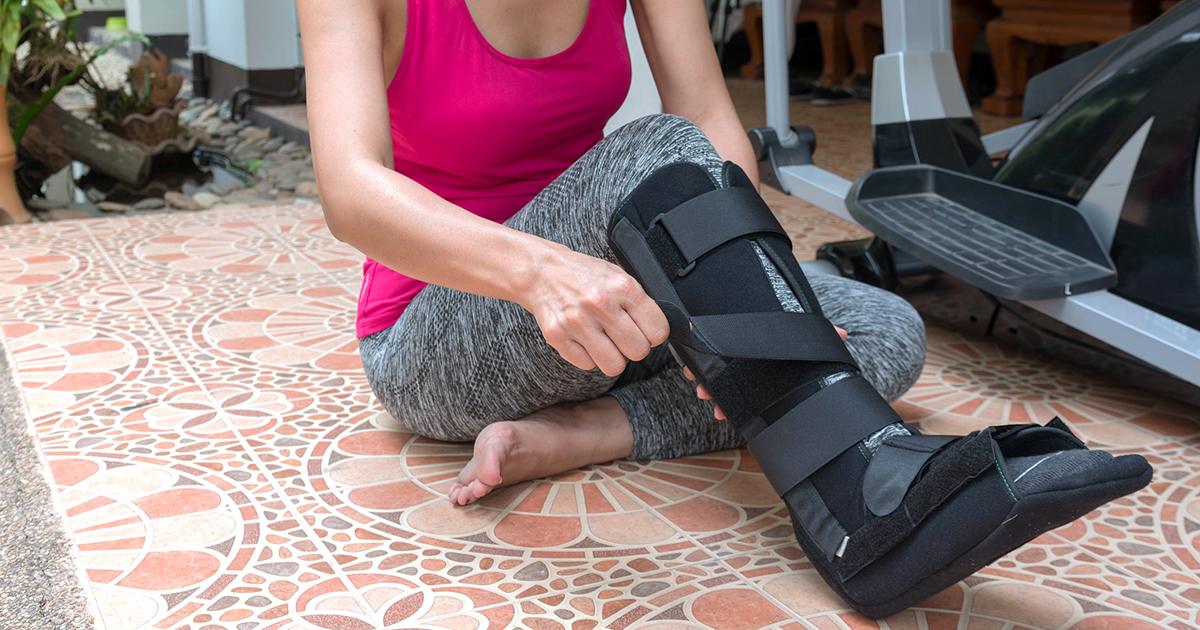Methods For Treating Claw Toe
Claw toe, sometimes also called claw foot, is a condition in which the toes are curled inward toward the bottom of the foot. It can occur in any toes except the big toe and frequently occurs in more than one toe at a time. Claw toe may be present from birth or develop later in life. The disorder is believed to be caused by damage to the nerves and can sometimes be a sign of an underlying condition such as Charcot-Marie-Tooth disease, diabetes, cerebral palsy, rheumatoid arthritis, or stroke. Some experts believe claw toe develops from imbalances in the foot muscles that lead to an abnormal degree of rigidity in the ligaments and tendons. It may also occur following an injury to the foot or ankle. As with several other foot ailments, women are more commonly affected by claw toe than men, and the disorder is most often diagnosed in individuals over seventy years old. Claw toe can be diagnosed with a physical exam, during which the doctor will move the toes and feet to assess pain, flexibility, and range of motion. Occasionally, x-rays, an ultrasound, or nerve conduction studies may be used to assess severity and plan treatment options.
The following treatment options may be beneficial for patients experiencing symptoms of claw toe.
Wearing A Splint

For claw toes that still maintain a degree of flexibility and are not completely rigid, wearing a splint can help alleviate pain. Using a splint will uncurl the toes and return them to their anatomically correct position. This will relieve pressure on the entire foot and eliminate friction and redness by ensuring that toes do not rub against the bottom of shoes. Splints can be worn during the day, while doing sports, and at night (specialized night splints are used for this). To avoid damage to the toes or foot, do not force the toes into the splinted position if it is too painful to do so, and do not wear splints continuously. A variety of splints are available over the counter at pharmacies. Gel, foam, and silicone are some of the materials most commonly used for these types of splints. If over-the-counter splints do not provide symptom control or if new symptoms develop after trying them, patients should consult a podiatrist or orthopedic specialist for individualized care.
Get to know the next option for treating claw toe now.